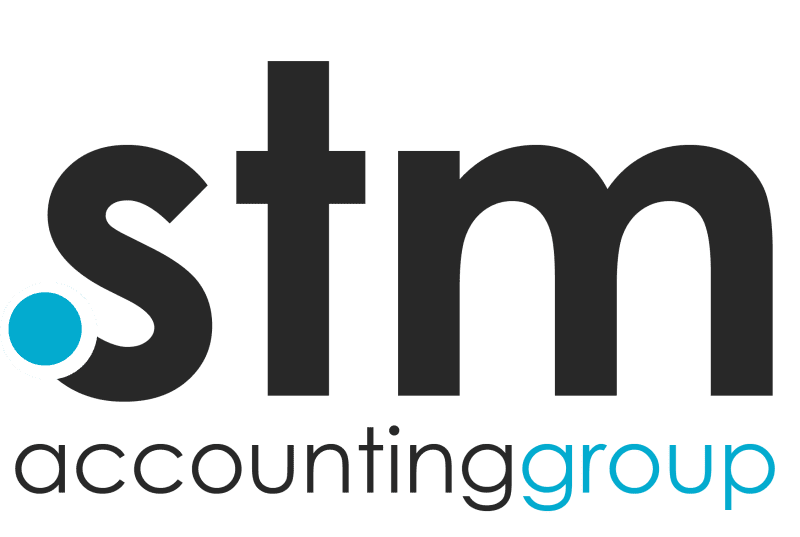
5 tips for running good performance reviews
When times get tough, it can be easy to let some of your people processes fall away as you concentrate on the basics of the business.Take the performance review. They can be unpopular, sucking up a lot of time and making employees and managers stressed. So why not skip them?
Because good performance reviews work. They're an effective way to track people's progress, provide feedback, gain insight, support development, and align individual performance with company goals, which helps the business achieve results.
They just have to be done well. So here are some tips for getting the most out of your performance reviews.
1. Deliver to the right people
Positions that have a genuine opportunity to deliver over-and-above results for the betterment of the organisation, the individual should have performance reviews.
Positions characterised by routine work patterns that rarely change do not need formal reviews; performance management in these roles happens daily.
2. Focus on the conversation not the forms
Good performance reviews are conversations not forms.
While documentation provides a basic way to articulate expectations, track performance, and measure results, it should never replace actual dialogue with your people.
3. Keep it simple
Long and complicated forms with massively complex matrices and measures detract from the real conversation and encourage a focus on filling out forms. To simplify, try this structure:
Objectives
- What you need to do to be successful.
- No more than 5.
- Only that are over and above the core role, nothing about “turning up on time”.
- These are “hard” measures, easy to articulate and measure.
Skills
- What skills you need to achieve the objectives.
- These are the softer measures that can sometimes be harder to rate.
- Linking them to the objectives makes them easier to measure.
Development Plan
- Development activities you and the employee will complete.
- The activities will help improve skills, which will help achieve the objectives.
- And help with career development.
4. Get the review cycle right
This might be different for different roles with the organisation. While most companies will want to align the full review to an annual cycle, you should schedule regular check-ins throughout the year.
Remember to make sure the check-ins happen at meaningful times.
5. Use software
Anybody who uses a paper-based performance review system today has lost their way. It’s the equivalent of writing a cheque to buy your groceries… even Nana doesn’t do it anymore.
The many, many benefits of using performance review software over paper are too great to list… surely this isn't even an argument anymore?
If you follow these basic steps, you should notice how your performance reviews start to encourage ongoing and active conversations about
performance.
They will help you deliver better results, reward good people, and deal with any problems before they get massive.





